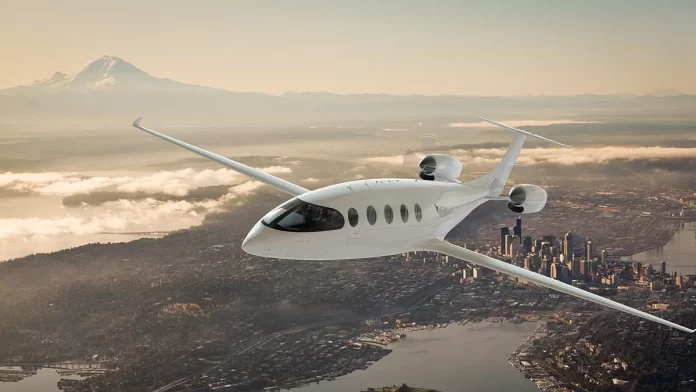This Content Is Only For Subscribers
Authors: Stefan Baumeister, Tatjana Krstić Simić, Emir Ganić
Publication Date: 12 September 2024
Category: Electric and Hybrid Propulsion Systems
Article Link: https://www.sciencedirect.com/science/article/pii/S1361920924003729
DOI: https://doi.org/10.1016/j.trd.2024.104415
Abstract (Official): Under the looming climate crisis, public concerns have been raised regarding the environmental impacts of private jet flights. Electric aircraft are currently considered one of the most encouraging technological keys to significantly reducing the environmental impacts of aviation. This research aims to study the replacement of currently used business jets with fully electric aircraft. This study is based on actual flight data of a European business carrier. The carbon dioxide emissions reduction potential for different aircraft ranges was estimated. Obtained results showed that with fully electric aircraft the studied business carrier could significantly reduce its annual emissions by up to 93%. On a per-passenger basis, the emissions could decrease from 6,787 g of carbon dioxide equivalent per passenger kilometre to 449 g. However, as electric aircraft will operate at a slower speed than business jets, flight times would increase by 10–41 min, depending on the distance.
GAT Editor’s Comments:
– Paper studies the impact of replacing current business jets with fully electric aircraft
– Business aviation is recognized as one of the particularly “environmentally critical activities” due to high fuel consumption and emissions per passenger-kilometre travelled
– Using the base case of a European business carrier, annual emissions could be reduced by up to 93% if fully electric aircraft were used
– On a per-passenger kilometer basis: 6787g of CO2 equivalent could be reduced to 449g
– Trade off: electric aircraft would operate at a slower speed than curent business jets resulting in longer flight times (10 to 41 min longer versus base case)
– Hybrid electric aircraft may be a viable medium term solution
– The concept of more-electric aircraft (MEA) and all-electric aircraft (AEA) has been discussed for many decades: viability depends in large part on the specific energy of batteries
– Smaller aircraft with shorter range is more realistic, but unit cost of batteries and associated electronics must also be taken into account
– For longer ranges, hybrid aircraft employing a gas turbine combined together with a generator could help to meet endurance requirements
– Issue: majority of CO2 is generated by larger aircraft flying longer distances -> no known battery technology can meet these requirements
– Specifically: A battery with specific energy of 800 W hours (Wh) per kilogram (kg) or more is needed to enable a range of 1,111 km with an A320-sized aircraft
– Problem: 800 Wh per kg is 4 to 5 times higher than the specific energy empowered by the latest battery technology
– New types of lithium-sulfur batteries hold promise: energy densities of up to 500–700 Wh/kg and improved charging and discharging times
– Key: batteries with much greater specific energy and lower prices are required for commercial AEA to be viable over a range of distances
– Other barriers to AEA relate to airport infrastructure: key considerations are battery recharging time and installation of charging facilities


